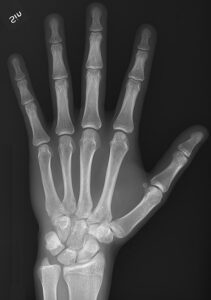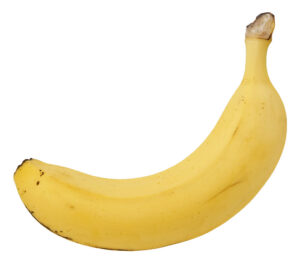
When considering something that might be bad for you, it’s useful to find the units that you’re concerned with, and then find something else to compare it to. For example, say you’re wondering if the 25 mile per hour wind gusts on tomorrow’s forecast are something to worry about. Okay, how fast is 25 mph? Well, you consult the Saffir-Simpson hurricane wind scale and see that hurricane-force winds don’t kick in until 74 mph. So you’re probably going to be okay! (But maybe bring in the tent drying in the backyard just to be safe).
The same process can be applied to radiation. But here’s the secret: radiation (like chemicals) is everywhere. Light, radio waves, and heat are all types of radiation. It’s the high-energy radiation, like UV rays and x-rays, that have the potential to damage living things. So how much do I need to worry about the radiation from the arm x-ray I am about to get? Unfortunately, the units of radiation aren’t quite as intuitive as miles per hour. I mean, what does a milligray or a sievert even mean? Thankfully, in the ‘90s someone coined a much more accessible measure for radiation: the Banana Equivalent Dose.


Just how much radiation is that? Well, the arm x-ray from earlier would amount to roughly 10 BEDs. Living within fifty miles of a coal power plant is around 3 BEDs (compared to living the same distance from a nuclear plant, which is less than 1 BED). Being on an airplane from New York to Los Angeles will run you 400 bananas. And your yearly dose from the potassium within your own body is 3900 BEDs! And because I’m sure you’re curious, a lethal dose of radiation is 80,000,000 BEDs.
This is all to say that comparatively small amounts of radiation, like a banana or a minor x-ray or even a plane ride, aren’t going to do you much harm. When considering radiation hazards or combatting sensationalized headlines about how radiation is going to kill everyone, equip yourself with the ever-useful tool of the Banana Equivalent Dose. After all, as Paracelsus taught: there are no poisons, only poisonous doses.
Peer Editor: Zayna King